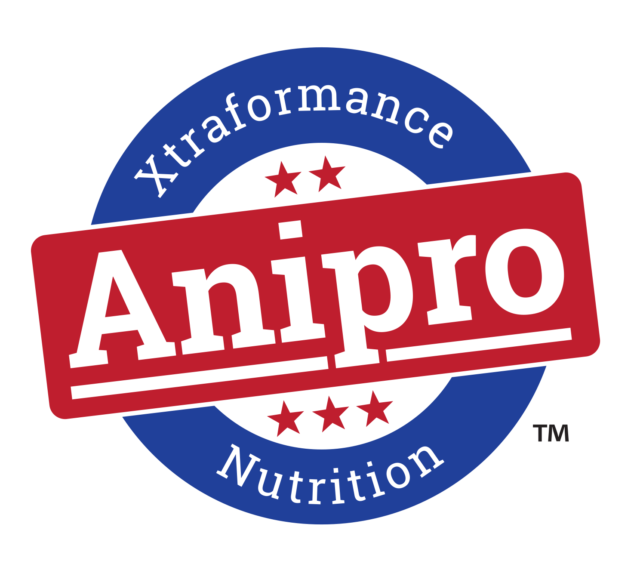Grazing during the growing phase has been shown to increase finishing-phase average daily gain and improve feed efficiency compared with drylot growing programs.
Producers in the Midwest have several options for backgrounding calves during the fall and winter. The traditional backgrounding programs feed corn silage-based diets in a drylot. But producers have started replacing feeding with grazing crop residues and cover crop forages.
Feeding harvested forage is a significant cost in backgrounding operations. Producers with access to corn crop residues graze growing calves successfully with supplementation to meet their nutrient requirements.
Corn residue availability is related to grain yield, and there are differences in quantity and quality of residues depending on varieties planted. There can be between 13 and 16 pounds of dry matter leaf and husk per bushel of corn yield.
Backgrounding scenarios
Kristin Hales, an animal scientist at the USDA Meat Animal Research Center, Clay Center, Nebraska, along with her colleagues, conducted a two-year research project that compared three commonly used backgrounding systems in terms of economics, animal performance and carcass characteristics. They compared steers grazing crop residues, cover crops and drylot feeding systems.
The treatments were:

1. Grazing corn residue and supplementation with dried distillers grains (with solubles at about 6 pounds dry matter per head per day, six days per week). Grazing corn residue alone doesn’t meet the maintenance requirements of growing calves, much less produce gains; both protein and energy supplementation are required. Therefore, distillers grains are a good fit because they contain more protein and net energy than corn grain.
2. A drylot system where a corn silage-based diet was fed for around 50 days before transitioning to finishing diets.
Hales says, “The main advantage to grazing residues, specifically cornstalk residue, is: It decreases the cost of having to harvest and store forages to be used throughout the winter. Grazing residue can also be used to grow calves for later feedlot entry, allowing a producer to buy more calves in the fall when calf prices are seasonably low. I would suggest it is all about opportunity; corn residue is readily available in the Midwest, as is distillers grains. Together, they can be used to cost- effectively background calves.”
Mary Drewnoski, a beef systems specialist at the University of Nebraska – Lincoln, adds, “Low feed prices make the drylot system look OK, but when they are high, this system is not as attractive. The price of seed for cover crops and corn crop residue does not seem to fluctuate with feed prices.”
Animal performance
In the study, steers grazed cover crops or corn residues for 66 days, followed by a 27-day period fed a silage-based growing diet in a drylot, for a total growing period of 93 days.
Steers in the drylot treatment were fed the corn silage-based growing diet for 53 days. During the growing period, steers that grazed cover crops (2.35 pounds per day) had greater average daily gain than steers grazing crop residues (1.94 pounds per day), and the drylot steers (3.26 pounds per day) had greater average daily gain than steers in either grazing system.
Across the two years, drylot steers had 0.91 pound per day gain than cover crop steers which, in turn, had 0.41 pound per day greater gain than the residue steers. The slower rate of gain on the two grazing systems resulted in a longer backgrounding period than the drylot calves.
Economics
The research group designed the study to supplement the steers on crop residue with dried distillers grains, so the cattle would have the same performance as the steers grazing cover crops. The gains of the steers grazing corn residues were overestimated. This caused the cost per unit of gain for the steers grazing residues to be higher as a result of their lower average daily gain.
Even though the residue treatment was a utilization of crop-production waste product, the reduced rate of gain resulted in a greater cost of gain. The supplementation rates required when grazing crop residues increased costs associated with the supplement and the labor providing supplement compared to the cover crop system where no supplementation is required.
Drewnoski says, “However, both cover crop and residue are less labor-intensive than feeding in drylot, when you account for forage harvest, feeding and manure management. At the same time, you can do a good job of dictating gain in the drylot whereas with grazing, weather can be more of a factor (for example, ice can impede grazing).”
Referring to an economic analysis of these three backgrounding systems, Hales says using market prices from 2012 to 2016, the gain of the calves would have paid for planting cover crops and would have netted in a positive net return. However, this wasn’t true for all years.
“The biggest factor was actually the calf market itself. In one year, the calf prices decrease so much from November to January that all systems lost money,” Hales says. “Typically, this does not occur; usually we see a boost in price during that timeframe. However, there is always a risk this could happen with calf prices.”
Carcass characteristics
The steers were harvested at similar 12th rib-fat thickness. Steers on both the grazing treatments had greater hot carcass weights and ribeye area than the drylot steers.
The drylot steers and the steers grazing cover crops had greater marbling scores than those grazing crop residues. The steers on residue had lower energy available in the diet and subsequently had lower gains in the growing period, resulting in reduced marbling at slaughter.
Drewnoski says, “All systems have advantages and disadvantages. The data suggest all three can be viable, but some look better in some instances than others.” ![]()
PHOTO 1: A group of steers backgrounded on a corn silage-based diet in a traditional drylot setting.
PHOTO 2: One of the steers backgrounded on corn residue and provided additional supplementation to meet nutrient requirements. Photos provided by Mary Drewnoski.
Melissa Beck is a freelance writer based in Prescott, Arkansas. Email Melissa Beck.








